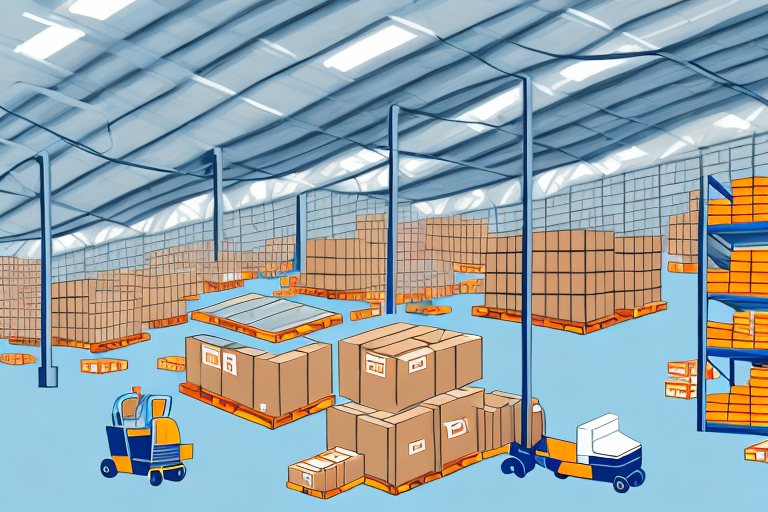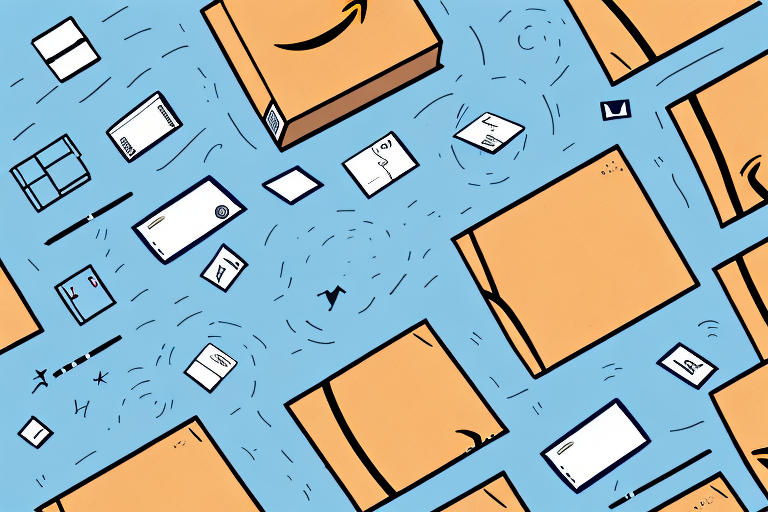Understanding the Journey of Returned Amazon Items
As online shopping continues to surge, so does the volume of returned items. But have you ever wondered what happens to products after you send them back to Amazon? This comprehensive guide delves into the lifecycle of returned Amazon items, exploring their journey and the various options available for their disposition.
Amazon's Efficient Returns Process
Amazon is renowned for its customer-friendly returns policy, allowing most items to be returned within 30 days of purchase. This seamless process is facilitated through Amazon's dedicated returns team, ensuring that refunds and exchanges are handled promptly.
Initiating a Return
Customers can initiate returns easily via the Amazon website or mobile app. The platform provides step-by-step instructions, including printing a prepaid shipping label, which eliminates the hassle of paying for return shipping.
Inspection and Evaluation
Once returned items arrive at Amazon's sorting facility, they undergo a thorough inspection. Items are assessed for condition, functionality, and completeness. This evaluation determines whether the product can be resold, needs refurbishment, or should be disposed of.
Disposition Options for Returned Items
After inspection, Amazon categorizes returned items into several disposition paths:
- Resellable Items: Products in good condition are repackaged and listed for sale again, often at discounted prices through programs like Amazon Warehouse Deals.
- Refurbishment: Items requiring minor repairs or cleaning are refurbished to meet Amazon's quality standards before being resold.
- Liquidation: Products that cannot be resold directly are sold in bulk to third-party liquidators, who then distribute them to discount retailers or online marketplaces.
- Donation: Amazon may donate non-sellable items to charities and non-profit organizations, supporting community initiatives and reducing waste.
- Recycling and Disposal: Items that are unsellable or hazardous are responsibly recycled or disposed of to minimize environmental impact.
Sorting and Grading Returned Items
Amazon employs a meticulous grading system to categorize returned items based on their condition:
- Grade A: Like-new condition with no signs of use.
- Grade B: Gently used with minor cosmetic imperfections.
- Grade C: Functional but with significant wear or missing parts.
- Grade D: Severely damaged and unsuitable for resale.
This grading helps determine the appropriate disposition path for each item, ensuring that products are handled efficiently and sustainably.
The Impact of Returns on Amazon's Supply Chain
Handling returns is a significant aspect of Amazon’s supply chain management. With millions of products sold annually, the returns process impacts inventory management, logistics, and overall operational costs.
Cost Implications
Returns incur costs related to shipping, inspection, and potential refurbishment. To mitigate these expenses, Amazon invests in advanced technologies like automation and data analytics to streamline the returns process and reduce turnaround times.
Fraud Prevention
Amazon employs robust fraud detection measures to prevent illegitimate returns. By analyzing patterns and tracking data such as IP addresses and purchase history, Amazon safeguards against potential losses due to fraudulent activities.
The Second Life of Returned Amazon Items
Amazon maximizes the value of returned items through various resale channels:
- Amazon Warehouse Deals: Offers discounted prices on open-box and returned items that have been tested and certified by Amazon.
- Third-Party Liquidators: Partners with liquidators to sell bulk returned items to retailers and small businesses, extending the product lifecycle.
These initiatives not only recoup costs but also provide customers with affordable options and reduce overall waste.
Environmental Implications of Returned Items
Returns contribute to environmental challenges, including increased carbon emissions from transportation and waste generated from unsellable products. Amazon is committed to minimizing this impact through several sustainability initiatives.
Renewed Products
Amazon offers "Certified Renewed" products, which are returned items that have been refurbished to like-new condition. These products provide a sustainable alternative by extending the product’s lifecycle and reducing waste.
Frustration-Free Packaging
To reduce packaging waste, Amazon’s "Frustration-Free Packaging" program encourages the use of sustainable materials and designs that are easier to open and recycle. This initiative helps in minimizing the environmental footprint of returned items.
For more information on Amazon's sustainability efforts, visit the official Amazon sustainability page.
Tips for Hassle-Free Returns on Amazon
To ensure a smooth returns experience, consider the following tips:
- Check Return Policies: Different products may have varying return periods and conditions. Always review the specific return policy for your item.
- Use Prepaid Labels: Utilize the prepaid shipping labels provided by Amazon to save on return shipping costs.
- Accurate Reason Selection: Selecting the correct reason for return helps expedite the process and improves Amazon’s return management.
- Preserve Original Packaging: Keeping the original packaging and including all accessories or manuals can prevent delays in processing your return.
Reducing the Number of Returns on Amazon
Amazon continuously seeks to minimize return rates by enhancing product descriptions, improving size and fit guides, and utilizing advanced imaging technologies. Customers can also contribute by:
- Reading Reviews: Understanding other customers’ experiences can lead to more informed purchasing decisions.
- Choosing Accurate Specifications: Ensuring that you select the correct size, color, and specifications reduces the likelihood of returns.
- Utilizing Virtual Try-Ons: For applicable products, using virtual try-on features can help gauge suitability before purchase.
These collective efforts help create a more sustainable and efficient shopping environment for both Amazon and its customers.
Conclusion
Understanding the lifecycle of returned Amazon items reveals the complexities involved in modern e-commerce logistics. From efficient returns processing and multiple disposition options to sustainability initiatives, Amazon strives to manage returns in a way that benefits both the company and its customers while minimizing environmental impact. By following best practices for returns and making informed purchasing decisions, consumers can contribute to a more sustainable and efficient marketplace.




















